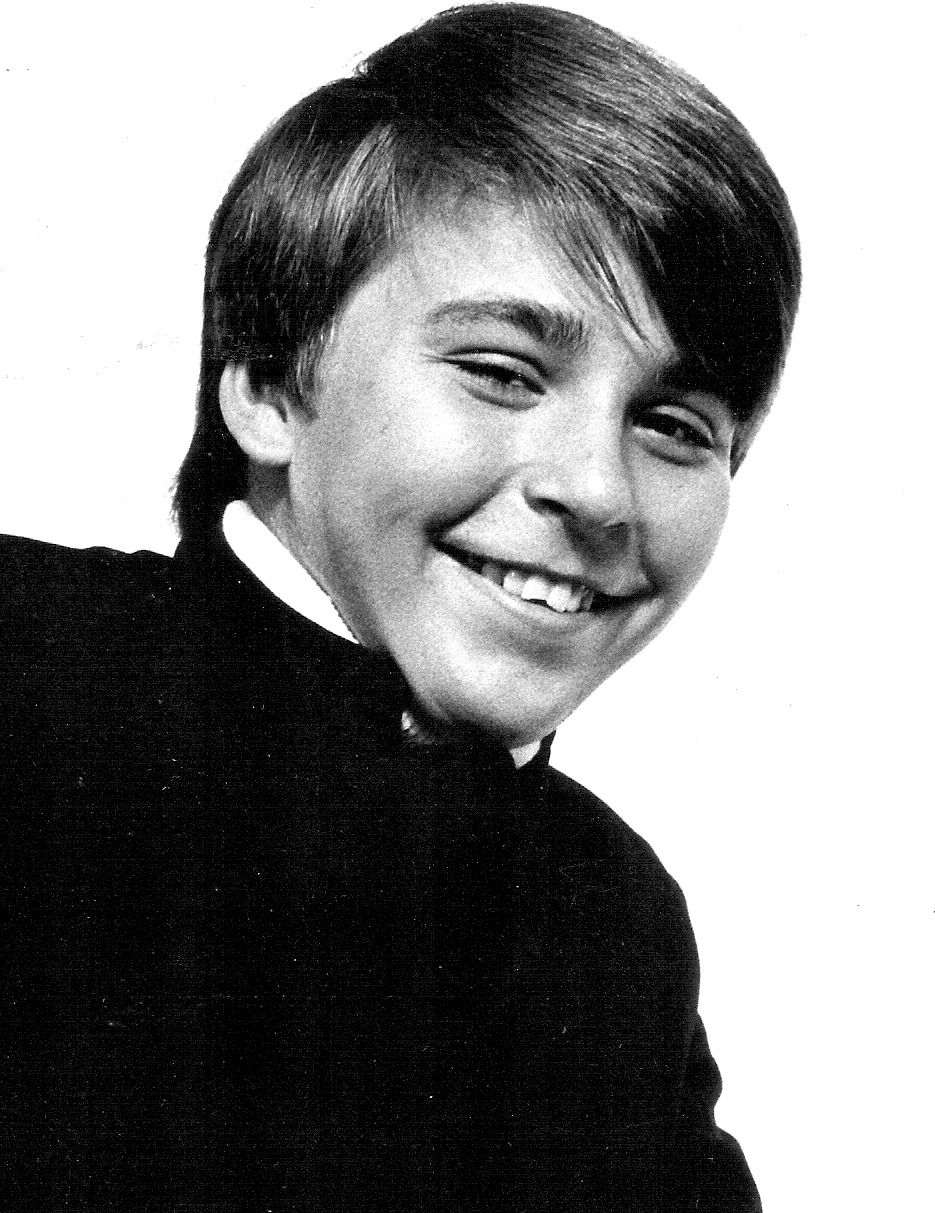Types of Magic
- JULIUS MAGIC

- Oct 20, 2023
- 2 min read
Updated: Oct 22, 2023
From intimate gatherings to grand spectacles, magic captivates audiences through skillful manipulation of reality and illusion. Let's briefly explore the diverse styles and techniques of magic performance, each offering a unique and captivating experience:

Types of Magic Performance
Close-Up Magic: Also known as sleight-of-hand, prestidigitation, or léger de main, this type of magic involves the manipulation of small objects such as sponge balls, cards, and coins. Close-up magic is performed in an intimate setting, typically within a ten-foot (three-meter) distance from the audience.
The magician creates the illusion of magic happening right before the spectators' eyes, often in their very hands. This type of performance is best suited for relatively small groups of people.
Table Magic: Performed on a table with the audience seated in front, table magic allows for the use of props that can rest on the magician's surface. While still considered a form of close-up magic, table magic offers a bit more flexibility in terms of the types of effects that can be performed. This type of performance is also best suited for relatively small groups of people.
Stand-Up Magic: Performed while standing in front of the audience, stand-up magic is a more theatrical form of magic that can be adapted to a wide range of audience sizes. Stand-up magicians often incorporate comedy and audience participation into their routines, making them a popular choice for large parties and events.
Mingling Magic: Performed while the magician mingles with guests, mingling magic is a highly interactive form of magic that is well-suited for events where there is not a specific performing area. Mingling magicians typically perform impromptu tricks using small objects that they can easily carry with them. This type of performance is a great way to create a sense of wonder and excitement among guests.
Sub-genres:
Mentalism: The performance of mental feats, such as mind reading, telekinesis, and clairvoyance.
Illusion: The performance of large-scale illusions, such as sawing a person in half or making them disappear.
Escape Artistry: The performance of feats of escape from seemingly impossible situations.
No matter the type of magic performance, the goal is always the same: to amaze, astound, and entertain the audience.






Comments